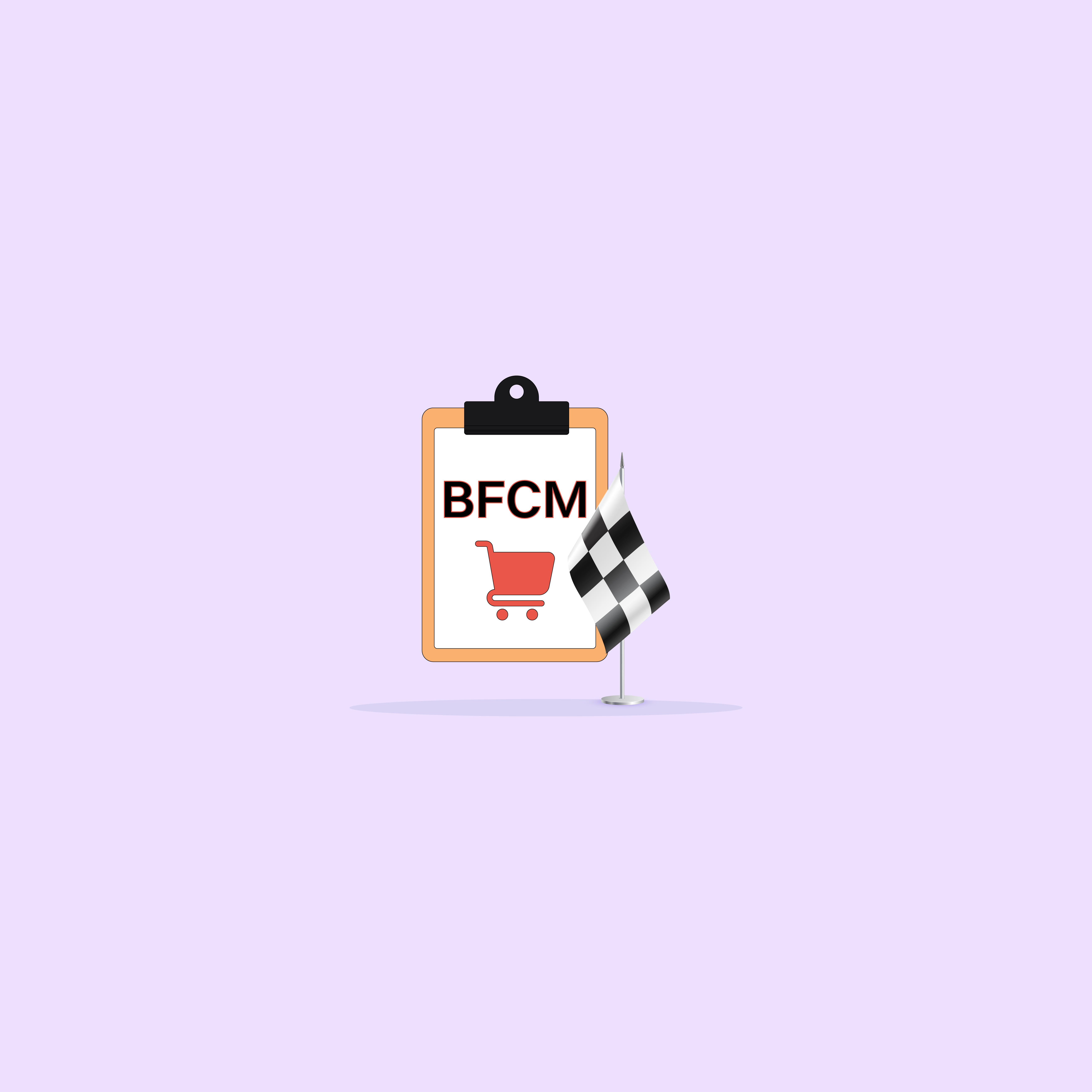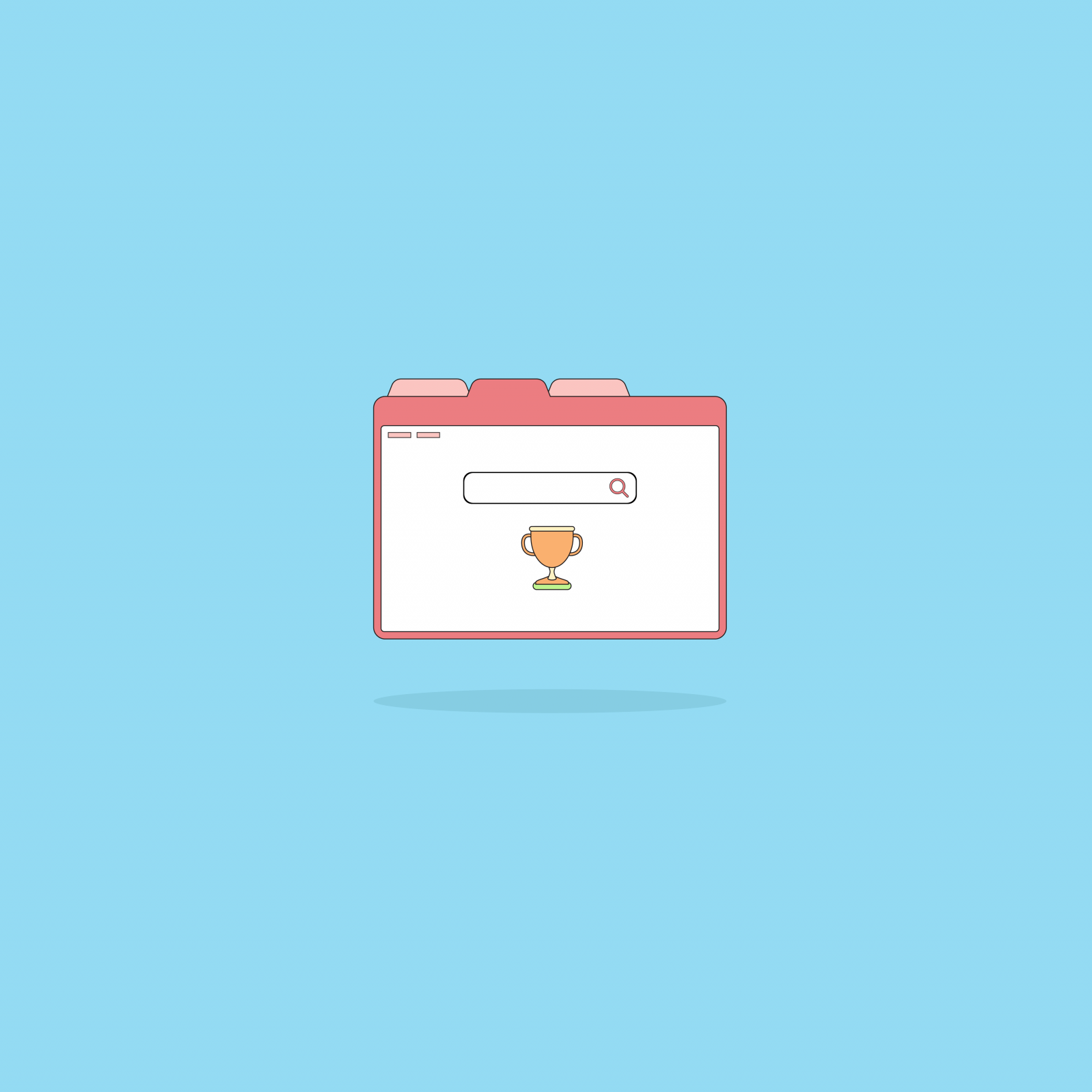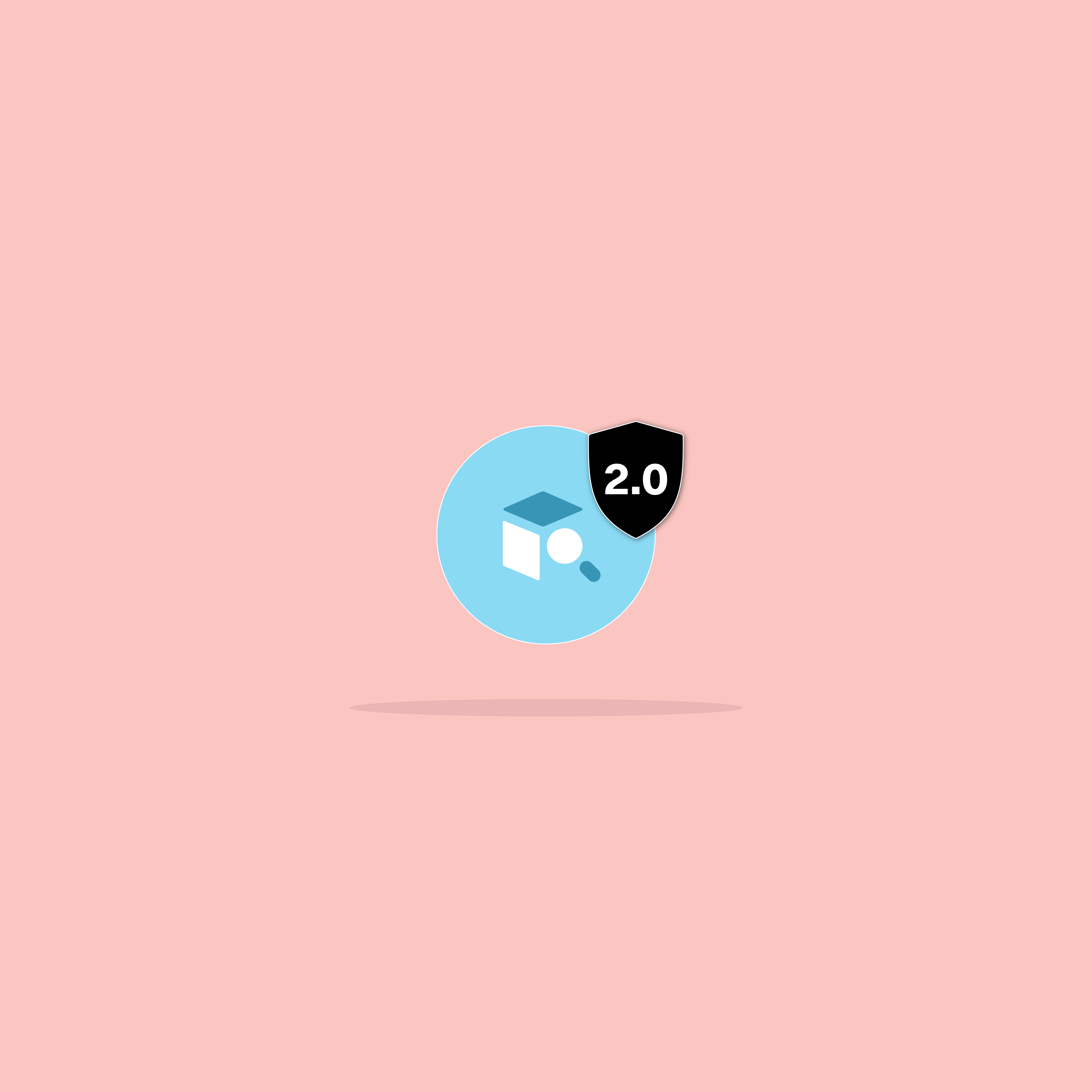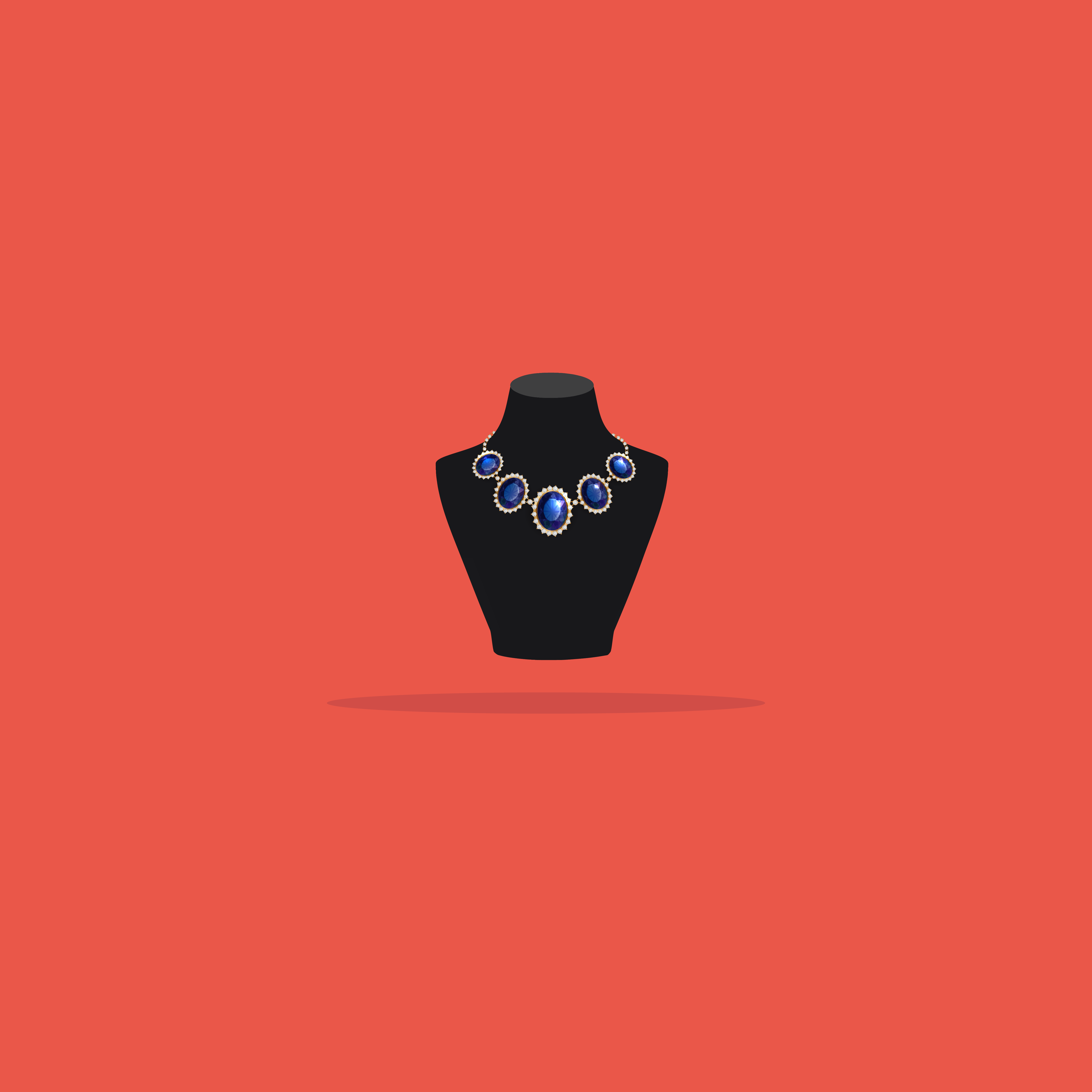Our websites use cookies. By continuing, we assume your permission to deploy cookies as detailed in our Privacy Policy.
Linking Customer Segmentation & Personalisation: What Works & Why
Are you segmenting your customer base? If not, you’re missing out on one of marketing’s most powerful concepts. Whether in e-commerce or onsite, marketing is meant to turn viewers into customers. Customer segmentation lays the groundwork to deliver targeted and personalised marketing. But how does customer segmentation work, and how does it use personalisation to increase ROIs and retention? If you’re looking for the answer, read on to find out.
What Is Customer Segmentation?
Customer segmentation occurs when you divide your future or current customers into discrete groups. These often fall along the lines of preferences, needs, or demographics. There are many reasons to do this. Most often, marketers do this to identify groups of people likely to want a product in a customer base.
They also do this to craft more targeted messages to individuals in these groups. This process is known as retargeting, and it’s a proven method for increasing sales. In e-commerce, it’s impossible to market the same product to everyone without diluting your brand to the point of meaninglessness. Customer segmentation is, therefore, not only smart but also critical to your brand’s success. When done correctly, segmenting your customer base:
- Cuts down on the time and effort you spend trying to sell a product
- Increases your chances of a sale by delivering more personalised marketing efforts
- Reduces competition by encouraging specialisation
- Helps to identify potential markets for your product, or potential products for other markets
- Introduces opportunities to develop more organic relationships with customers in a segment
Segmentation Leads to Personalisation
Have you ever wondered how some brands manage to suggest a product aligned with your gender, age, or the theme of your latest online spending spree? This is targeting, and it’s what happens when a marketer applies segmentation. It’s important to note that segmentation, retargeting, and personalisation are not the same.
Marketing is the initial classification process. Retargeting is what happens once you’ve identified groups.
Personalisation is the third step — once a customer has begun interacting with your brand, you can get a better sense of what they want. Your goal is then to deliver it to them before they even ask for it.
Segmentation and Personalisation Nurture One Another
Being able to suggest the products your customers want requires knowing your customers. That said, how do you personalise suggestions to customers who you know nothing about? This is the cold start problem, and it plagues online retail especially. Market segmentation provides part of the answer to this problem.
Market segments give predictable responses to certain strategies because they’re data-driven. In this regard, segmentation nurtures personalisation. Knowing your customers’ segments provides clues into what he or she might be seeking. These are only clues. Personalisation will help refine your customer’s segment.
However, you start with the ability to apply retargeting strategies rather than needing to collect data to do so. This increases your ROIs. Therefore, if you’ve gotten the segment correct, you’ve already got a leg up in personalisation. And vice versa.
The Best Campaigns for Different Segments
There are hundreds of ways to segment your customers according to your product and your market. Traditionally, market segmentation considered things like geographic location or media preference. E-commerce and online retail have changed things a bit. Businesses can reach consumers around the world or over multiple types of media.
There still are often useful applications in things like geographic segmentation. However, a lot of segmentation now focuses on lifestyle and behavior because of the global nature of the internet. Here are three customer segments which most e-commerce businesses will encounter. We’ll look at how to win them with personalisation, and the underlying reasons of why it works.
1. Brand Loyalists
Who They Are: Everyone knows at least one person who swears by and only purchases certain brands. They’re loyal, willing to spend, and they’ll tell everyone about it. For these reasons, they’re also one of the most valuable and well-studied segments.
How to Win Them: Emphasise loyalty in your relationship with them. Show that you recognise their history with your brand. Then, create special offers for this segment which reward them for it.
Why This Works: A belief in the value of your products underlies brand loyalty. Continuing to provide value ensures that relationship’s longevity.
2. Careful Spenders
Who They Are: Do you know people who shop around, looking for the best deal? If you’re always trying to have the best prices in your industry, you’ve come across them. Millennials and baby boomers are often careful spenders. They love coupons, deals, and discounts on their favourite products.
How to Win Them: If you’re not careful, careful spenders can easily become one-time shoppers. Encourage retention with personalised discounts. Choose products they’ll find relevant, valuable, and priced just right.
Why This Works: Unless you’re offering something truly unique on the market, these customers will go elsewhere. You must prove you’re giving the best bang for the buck.
3. The Vanishing Acts
Who They Are: The Vanishing Acts always start out looking like a perfect customer. They followed your funnel, signed up for your site, filled up their shopping cart, and … inexplicably vanished. But, make no mistake they’re an important, if not overlooked, customer segment.
How to Win Them: Lure them back with discounts for first-time purchasers and witty, personalised emails.
Why This Works: It’s easy for customers to view online shopping as a one-way interaction. You break this down by establishing rapport when you acknowledge them personally and bring a human element to the exchange.
Start Utilising Segmentation for Your Business Today
Whether you’re doing online retail or onsite marketing, customer segmentation belongs in your arsenal. It gives you a powerful tool to fine-tune your messages and funnels to specific audiences. It’s well known that personalisation increases conversion rates. Segmentation is the first step in the process towards delivering to customers exactly the product they want. Get started today with identifying and tapping into your customer segments.








